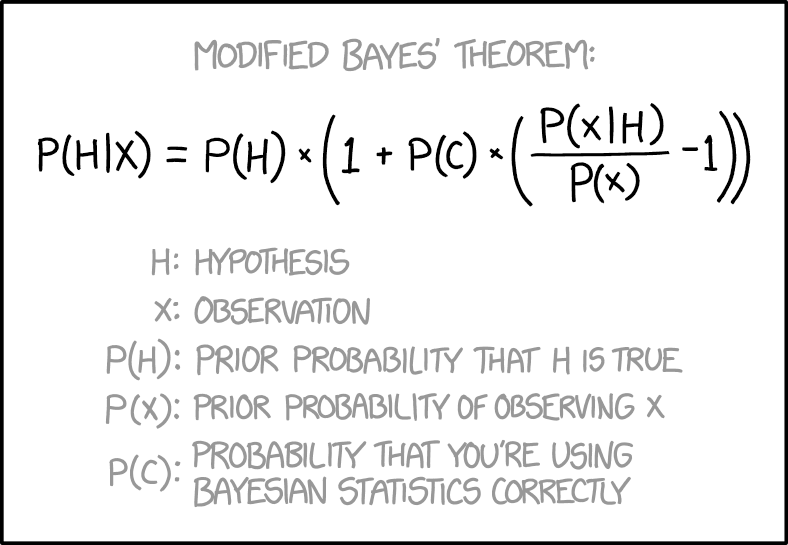Basic Bayesian Analysis
The classic formula (\(\theta\) = parameters):
\[p(\theta|\mathcal{Data}) = \frac{p(\mathcal{Data}|\theta)p(\theta)}{p(\mathcal{Data})}\]
Conceptually, we can think about it in different ways
\[\mathrm{posterior} \propto likelihood * prior\]
Standard methods you are already familiar with begin and end with likelihood
They can be seen as Bayesian analysis with uninformative priors
Alternatively, we can think also in terms of the posterior as the combination hypothesis, and evidence, in the form of data.
\[p(hypothesis|data) \propto p(data|hypothesis)p(hypothesis)\]
\[\text{updated belief} = \text{current evidence} * \text{prior belief or evidence}\]
Some key distinctions:
- Focus on distributions and uncertainty estimation instead of point estimates
- More natural interpretation of results
- Easy model criticism
http://micl.shinyapps.io/prior2post/
